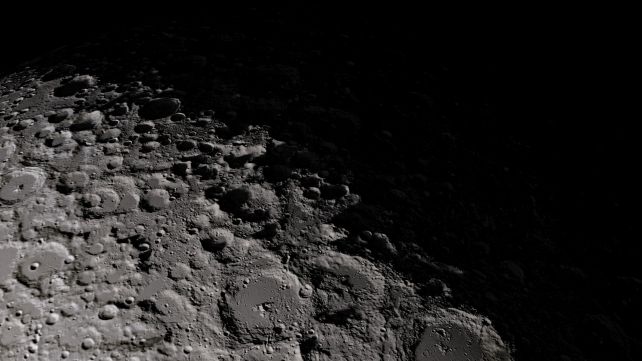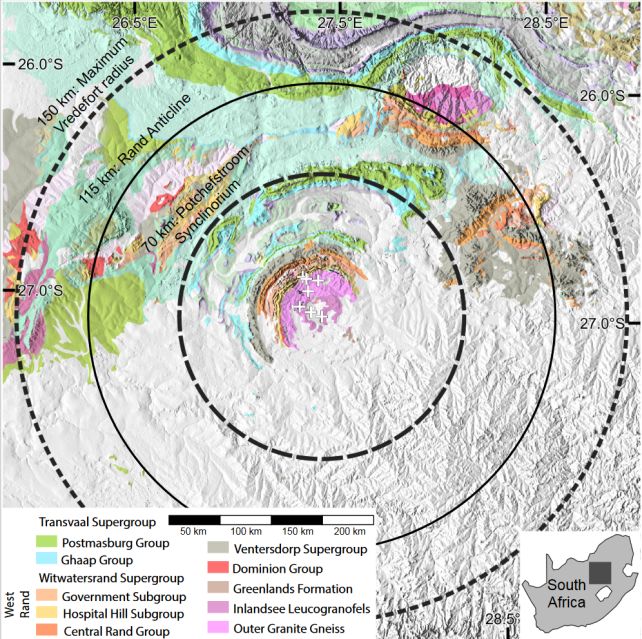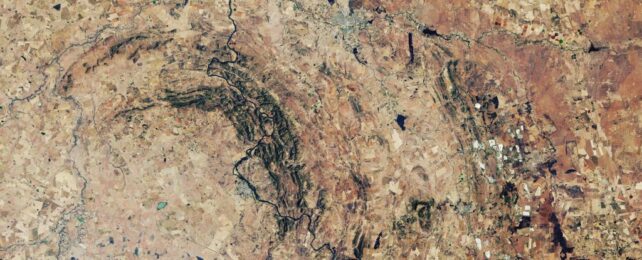The earliest impact scars from asteroids that bombarded Earth's surface may be lost forever to the ravages of time.
According to a new analysis, there's a reason scientists have been unable to find any craters older than about 2 billion years. The constant erosion and geological processes on Earth have likely erased them from the surface completely, leaving behind only the barest traces, such as high-pressure minerals and melted rock.
"It's almost a fluke that the old structures we do have are preserved at all," says planetary scientist Matthew Huber of the University of the Western Cape in South Africa.
"There are a lot of questions we'd be able to answer if we had those older craters. But that's the normal story in geology. We have to make a story out of what's available."
The Solar System's earlier years were a lot more turbulent than they are now. There were a lot of space rocks flying around, and the inner Solar System took quite a pummeling. Mars, Mercury, and the Moon all have heavily cratered surfaces dating back to over 4 billion years ago, attesting to this violence.

It stands to reason that Earth was likewise battered, but the crater record further back than 2 billion years ago is empty. Earth has things Mars, Mercury, and the Moon do not – powerful erosional influences and tectonic activity – but Huber and his team wanted to know exactly how effective and efficient these processes are at erasing crater evidence.
There are ways scientists can find evidence of craters. A massive impact will change the mantle below the crater floor, for instance, that can be revealed with gravity mapping and seismic imaging.
Huber and his team wanted to know, however, how much top-down erosion it takes to remove all geophysical evidence from the surface.
They studied the one of the world's oldest known impact craters, Vredefort in South Africa. It's about 2 billion years old, and 300 kilometers (186 miles) across, forming when a 20-kilometer (12-mile) asteroid smacked into Earth. The impact changed the shape of the planet's surface, with a peak in the center due to rebound and concentric structures around it.
It's estimated that vertical erosion of around 10 kilometers of material is sufficient to erase even the largest craters. Vredefort has experienced an estimated 7 to 10 kilometers of vertical erosion. All that's left is a semicircular ring of hills, and some smaller features, as well as invisible alterations underground found in gravity mapping surveys.

Huber and his team wanted to know what was happening, not above ground, but below it, so they took rock core samples from different points in the crater. They modeled the changes the impact would have made on the rock, and compared their samples, looking for differences in density, porosity, and mineralogy between impacted and non-impacted rocks.
The results showed that the odds are not good for finding older craters. Although some impact minerals and melt could be identified within the crater, the rocks in the outer regions were indistinguishable from non-impact rocks around them.
"That was not exactly the result we were expecting," Huber says. "The difference, where there was any, was incredibly muted. It took us a while to really make sense of the data. Ten kilometers of erosion and all the geophysical evidence of the impact just disappears, even with the largest craters."
Given that the processes that erase craters on Earth are also processes that are conducive to life, we can't be too mad about it.
The team's research has been published in the Journal of Geophysical Research Planets.
